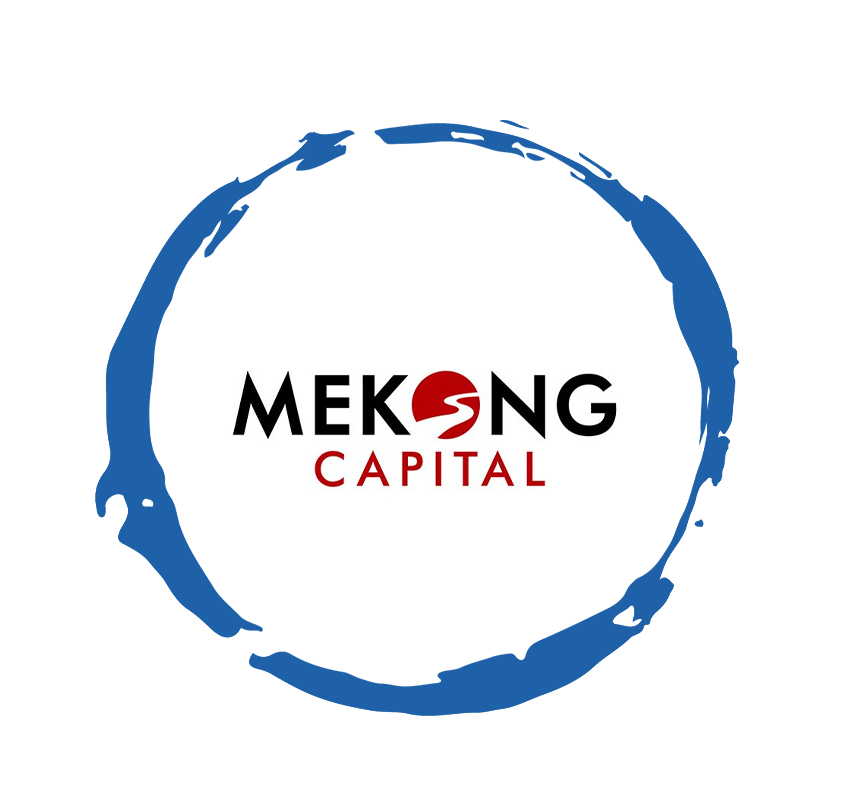- Home > Vietnam consumer trends report 2024
A free report from Cimigo market research on Vietnam Consumer Trends report 2024. Cimigo assesses the consumer trends and expectations for 2024 in Vietnam. Discover the economic, social and consumer trends in Vietnam.
Vietnam consumer trends report 2024
The Vietnam consumer trends report 2024 explores the eight reasons that Vietnam will prosper in the next decade.
Vietnam’s long-term outlook
Vietnam is poised for continued economic growth, driven by FDI, a youthful workforce, and an expanding digital economy. However, businesses must navigate a challenging consumer landscape, where demand remains muted, and price sensitivity is high. As Vietnam transitions into a more affluent, digitalised society, companies that adapt to these trends will be well-positioned for success.
The number one enabler for Vietnam’s economic success primarily has been the structure of its working population and its youth therein and the high labour participation of women, providing a low dependency ratio. Vietnam has gone through a decade with average GDP growth of 6%. Vietnam has strong domestic consumer demand and Cimgio expects these levels of economic growth to be maintained over the next decade.
The change will come in 2036 as the population structure changes The economic challenge lies in moving from a lower-middle to an upper-middle-income country as these population changes take hold.
Vietnam consumer trends 2024
Vietnam will stand out as a high-growth economy over the next ten years. These are the key eight reasons why Vietnam will continue to prosper over the next decade and growth will be the strongest in Asia and across most of the world.
The Vietnam consumer trends 2024 presentation explores the eight reasons that Vietnam will prosper in the next decade.
- GDP growth averaged 5.8% over the past ten years.
- More sophisticated production. Increased FDI and exports. Global interconnectivity.
- Domestic tourism thrives and international recovers.
- Consumer retail demand challenges and recovery.
- Rising household affluence.
- Financial inclusion and digital payments.
- Growth of the digital economy, now at US$30 billion.
- Working age population, high labour participation and a low dependency ratio.
End.


Lisa Nguyen - VN Marketing Lead

Sam Houston - Chief Executive Officer

Minh Thu - Consumer Market Insights Manager

Travis Mitchell - Executive Director

Malcolm Farmer - Managing Director

Hy Vu - Head of Research Department

Joe Nelson - New Zealand Consulate General

Steve Kretschmer - Executive Director

York Spencer - Global Marketing Director

Laura Baines - Programmes Snr Manager

Mai Trang - Brand Manager of Romano

Hanh Dang - Product Marketing Manager

Luan Nguyen - Market Research Team Leader

Max Lee - Project Manager

Chris Elkin - Founder

Ronald Reagan - Deputy Group Head After Sales & CS Operation

Chad Ovel - Partner

Private English Language Schools - Chief Executive Officer

Rick Reid - Creative Director

Janine Katzberg - Projects Director

Anya Nipper - Project Coordination Director

Dr. Jean-Marcel Guillon - Chief Executive Officer

Joyce - Pricing Manager

Matt Thwaites - Commercial Director

Aashish Kapoor - Head of Marketing

Kelly Vo - Founder & Host

Thanyachat Auttanukune - Board of Management

Hamish Glendinning - Business Lead

Thuy Le - Consumer Insight Manager

Richard Willis - Director

Ha Dinh - Project Lead

Geert Heestermans - Marketing Director

Louise Knox - Consumer Technical Insights

Aimee Shear - Senior Research Executive

Dennis Kurnia - Head of Consumer Insights

Tania Desela - Senior Product Manager

Thu Phung - CTI Manager

Linda Yeoh - CMI Manager

Cimigo’s market research team in Vietnam and Indonesia love to help you make better choices.

Cimigo provides market research solutions in Vietnam and Indonesia that will help you make better choices.

Cimigo provides a range of consumer marketing trends and market research on market sectors and consumer segments in Vietnam and Indonesia.

Cimigo provides a range of free market research reports on market sectors and consumer segments in Vietnam and Indonesia.
